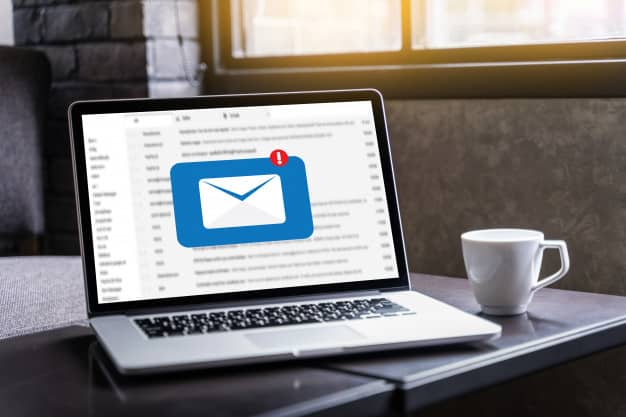As a digital marketer, you likely spend a lot of time on emails. You agonize over the content and colors, trying to find the ideal combination that will increase engagement. You check and double-check links, ensuring the user experience is seamless. After all your hard work, the last thing you want is your email to end up in the spam folder.
Marketers rely on whitelists to get their emails seen. With smart email clients like Gmail, Yahoo and Outlook, promotional or suspicious-looking content may never meet the eyes of the intended user.
What Are Email Whitelists?
A whitelist is a database of email addresses, domain names and IP addresses that are considered safe. Being on a whitelist means you can send emails to registered recipients without spam filters blocking your message.
Whitelists are meant to bar potentially dangerous emails, ones from scammers seeking money or personal information. The filter also scans emails for malicious links and downloads. The feature is largely a good one, but it can make it difficult for digital marketers to connect with users — even those who provide their information and approve of emails.
On the opposite side of the spectrum is the blacklist, also referred to as the blackhole list since you’ll never make your way out. The blacklist is a published record of email and ISP addresses known to send unsolicited spam.
All traffic from these addresses, both coming and going, can be filtered out, making them seemingly invisible. When you land on a blacklist, your emails will immediately bounce.
If you want to get your message heard and start engaging with subscribers, it’s crucial to get your email whitelisted.
How to Get Whitelisted
There are several ways you can get whitelisted. Don’t be afraid to ask users directly. During the sign-up process, show users how to whitelist your email address with detailed instructions.
Another effective method is to request a reply. When you get a new subscriber, send a welcome message with a gift, download or helpful resource. Later that day, send a follow-up asking if they received the info you sent and what they thought. This personalized approach will encourage replies, automatically adding you to their whitelist.
Open rates will also affect your whitelist status. Open rate is the number of emails opened compared to the number of emails sent — the more people who open and click on your emails, the higher your chances of being whitelisted.
The best way to optimize your open rate is to send in small batches, around 200 recipients at a time instead of 20,000. If you see emails are left unopen, consider changing the subject line or altering the value proposition.
How to Avoid Getting Blacklisted
While it may be tempting, avoid paid email lists. These are lists full of emails sold to unsuspecting digital marketers. It may seem like the potential to reach thousands of new customers, but in reality, the majority of emails will bounce and you will severely tarnish your reputation. If you reside in the EU, unsolicited emails violate GDPR (general data protection regulation).
Avoid sending duplicate or similar content. Spam filters are more sophisticated than ever, meaning they look at the type of content offered and the quality of the information. Duplicate content has the potential to be marked as spam, plus it’s less likely to keep users engaged.
Don’t include attachments with your emails. While your email may not get blacklisted, it will likely look suspicious and get blocked, leading to the same result. If you have content or resources you want to share, include a secure link instead.
Don’t relegate your carefully-crafted emails to the spam folder. Instead, provide users with directions on how to whitelist your email address during the sign-up process.
Once you get a new subscriber, send a personalized email requesting a reply. And stay away from blacklists by avoiding unsavory practices like buying paid lists or sending unsolicited messages.
Author Bio




































